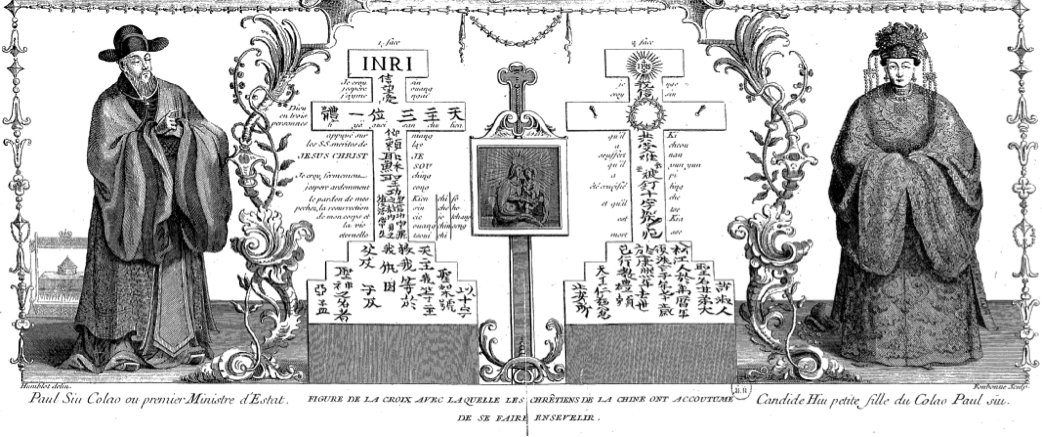Jesuits have been in Asia from the first days of the Society of Jesus, when Francis Xavier landed in Goa in May 1542. One of the founding members of the Society, Xavier opened new ways of access in his mission to bring the Gospel to the world and is regarded as the founder of the Jesuit mission in Asia.
In 10 years, Xavier crossed large parts of Asia, covering what are now vital units for Jesuits in this part of the world – Goa and large parts of India as far as Sri Lanka, Malacca, the Molucca Islands, Japan and China. He is said to have converted more people than anyone has done since St Paul.
Xavier was never to fulfil his dream of a mission to mainland China. He died of a fever in 1552 on the island of Shang Chuan, while waiting for a boat to take him to mainland China. But his dream of a mission to China was fulfilled 30 years later by Matteo Ricci who, perhaps by divine providence, was born in the very year Xavier died. Matteo Ricci is one of the founding figures of the Jesuit China Mission, as it existed in the 17th and 18th centuries. An Italian Jesuit, he spent 28 years evangelising, absorbing Chinese culture and bringing Western science to China. His scientific acumen and enthusiasm for cultural exchange won the trust and admiration of the Ming Dynasty Emperor Wanli. The history of the Jesuit mission in China is part of the history of relations between China and the Western world.
Centuries later, Francis Xavier still inspires Jesuits everywhere, particularly in Asia Pacific. As Pope Benedict XVI said in his address to the Jesuits in 2006, although “his apostolate in the Orient lasted barely 10 years, in the four and half centuries that the Society of Jesus has existed it has proven wonderfully fruitful, for his example inspired a multitude of missionary vocations among young Jesuits and he remains a reference point for the continuation of missionary activity in the great countries of the Asian Continent.”
More about Francis Xavier: Founder of the Jesuit Mission in Asia, Our Inspiration today

